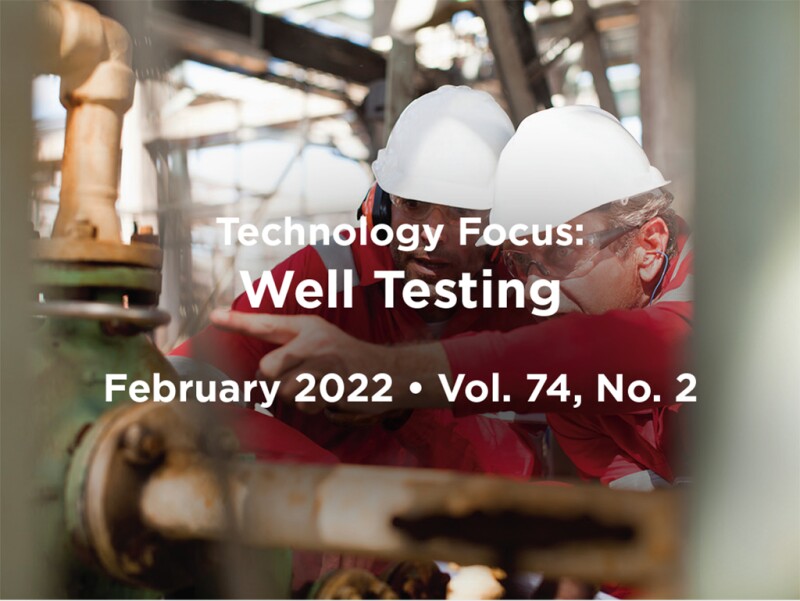Bias is always a factor in decision making. To put it a catchier way, “if you have a brain, you are biased.” This was the opening to a recent soft-skills training course I took on the science of better decision making. I left pondering the implications of bias on pressure transient analysis.
Well tests are conducted throughout the resource life cycle to establish well and reservoir properties and to optimize depletion planning. But this requires well-test interpretation, which, in turn, requires choosing among nonunique solutions. One key to reducing nonuniqueness is to integrate pressure data with information from other disciplines, including
- Routine core analysis, core description, and well logs
- Formation-tester mobilities and interval pressure transient tests
- Production logging and distributed temperature surveys
- Fieldwide production and injection history
- Seismic data and geologic understanding
This is where technology comes in. New tools have made the unmeasureable measurable and have provided data in larger quantities with improved precision and for longer periods of time. While it may be an engineer’s dream, more and better data do not necessarily lead to better decisions. As with any sound scientific or engineering study, one must think about bias. Is the data being unconsciously cherry-picked to mold the desired outcome? After all, the subsurface is complex enough that multiple assumptions and hypotheses remain plausible; not all information may fit the storyline, and some might be dismissed or underweighted before the full range of possibilities is considered.
A critical component of interpretation includes acknowledging one’s own bias and carefully listening to and seriously considering alternative and opposing views. Cold-eyes reviews and devil’s advocates are part of a centuries-old toolkit proven to root out bias, ambiguity, and unnecessary complexity, leading to better-defined problems and, ultimately, better decision making. Interpreting data from new and well-established technologies under the framework of the Socratic method paves the way to a clearer view of the subsurface.
This month’s papers demonstrate the continued relevance and diversity of our discipline. The ambitious permeability log, referred to as “elusive” in my column 2 years ago, now boasts a tangible pilot in a Middle Eastern carbonate field. Well tests and cleanup operations do not always require flaring. Alternative fluid-disposal solutions, tailored to project specifics, show potential to meet the timely topic of emissions. Machine learning offers a key to deciphering well connectivity in field data, overcoming noise and other suboptimal conditions.
This Month’s Technical Papers
Well-Test Logging Allows Low-Cost Dynamic Characterization, Value Optimization
Study Explores Cost-Effective, Ecologically Sound Fluid-Disposal Methods
Technique Detects Well Interference Using Long-Term Pressure Data
Recommended Additional Reading
IPTC 21780 Design and Implementation of a Water-Based Micronized Weighting Agent Fluid System for Deepwater Drillstem Testing Operation in Environmentally Restricted Location by Marcelo Dourado Motta, MI-SWACO, a Schlumberger Company, et al.
SPE 205145 Systematic Application of Pressure and Temperature Transient Analysis in an Oil Field: A Case Study by Khafiz Muradov, Heriot-Watt University, et al.

Jordan Mimoun, SPE, is principal reservoir engineer for well testing at ExxonMobil. He and his team oversee ExxonMobil’s worldwide exploration and appraisal testing (including design and planning, onsite operations supervision, and data interpretation and integration) while supporting pressure transient analysis for producing assets. Mimoun previously served as the chairperson of the SPE Applied Technology Workshops on well testing. He is the ExxonMobil representative to Win Cubed’s Well Testing Network. Mimoun holds an MS degree in petroleum engineering from The University of Texas at Austin and a diplôme d’ingénieur degree from École Centrale de Lille, France. He is a member of the JPT Editorial Review Committee and can be reached at jordan.g.mimoun@exxonmobil.com.

